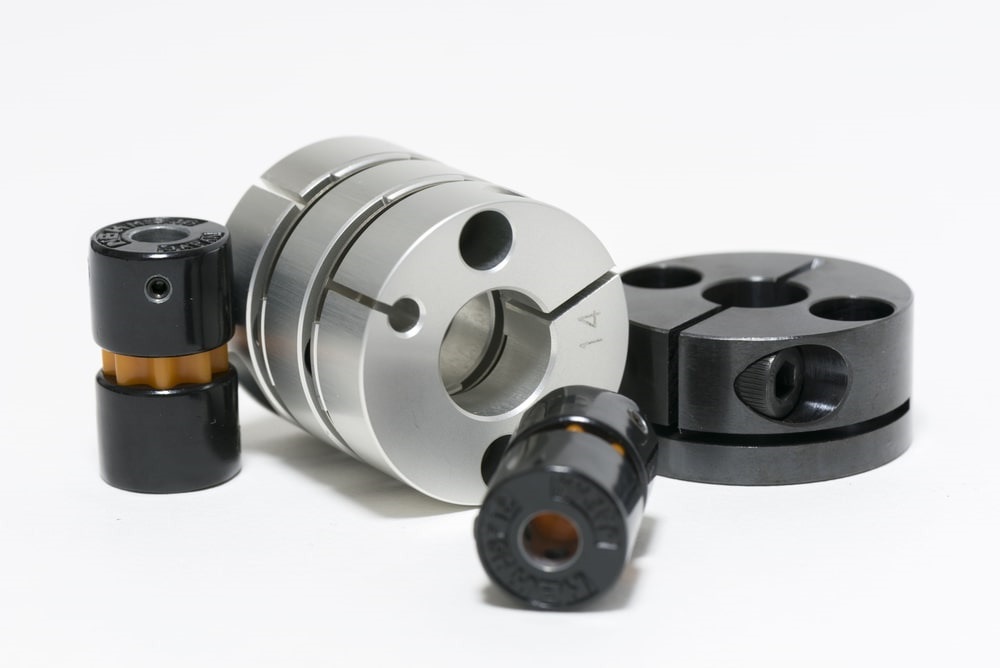A mechanical device known as a shaft coupling transfers torque between two shafts by connecting them. It is the method of choice when the two shafts are partially parallel or a little wiggle room is required in the connection.
Although they may vary in size and design, all shaft couplings serve the same fundamental purpose. A flexible component, like a chain, gear, or rubber-metal disc, joins the two parts (hubs). Standard methods for attaching corners to shafts include set screws and other fasteners.
One of the primary benefits of FF shaft coupling bearing (ลูกปืนจับยึดปลายเพลา FF, which is the term in Thai) is that it permits a certain amount of misalignment between the two shafts. Thanks to the coupling’s flexible portion, you can better protect the equipment from vibration and stress.
A shaft coupling’s ability to provide a degree of connection flexibility between the two shafts is an additional benefit. It can be crucial when the two shafts in a drive system for a machine with moving parts must move separately.
Types Of Shaft Coupling Bearing
Below are the various designs and varieties of shaft couplings.
- Beam Couplings
- Bellows Couplings
- Chain Couplings
- Jaw Couplings
- Diaphragm Couplings
- Disc Couplings
- Gear Couplings
Vital Roles Of The Shaft Coupling
Transfer Of Power
Transferring power between two shafts is its primary function, and it accomplishes that. The driveshaft transmits torque to the driven shaft via a shaft coupling. An energy source propels the driveshaft, be it mechanical or electronic. The user can rotate the shaft thanks to the shaft coupling.
Vibration Absorption To Safeguard Adjacent Parts
It is common for nearby components to experience vibration and shock when the machine operates.
One example is when vibrations from the driving side, such as a motor or other component, reach the ball screw and cause the machine to veer off course. Consequently, this prevents it from functioning at its best.
Coefficient Of Heat Expansion
According to the Thermal Expansion Coefficient (CTE), the length of a driveline changes. Coupling axial compliance must ensure operating temperatures do not alter a motion. FF shaft coupling bearing is crucial because heat induces thermal expansion of various components.
Avoid Transferring Heat
When operated, a motor produces a great deal of thermal energy. The driven side experiences a change in length when the transmitted force causes the ball screw, etc., to expand due to heat. But a connection can stop the heat from the motor and other sources from getting to the parts. This process will help to avoid bending or moving around.


